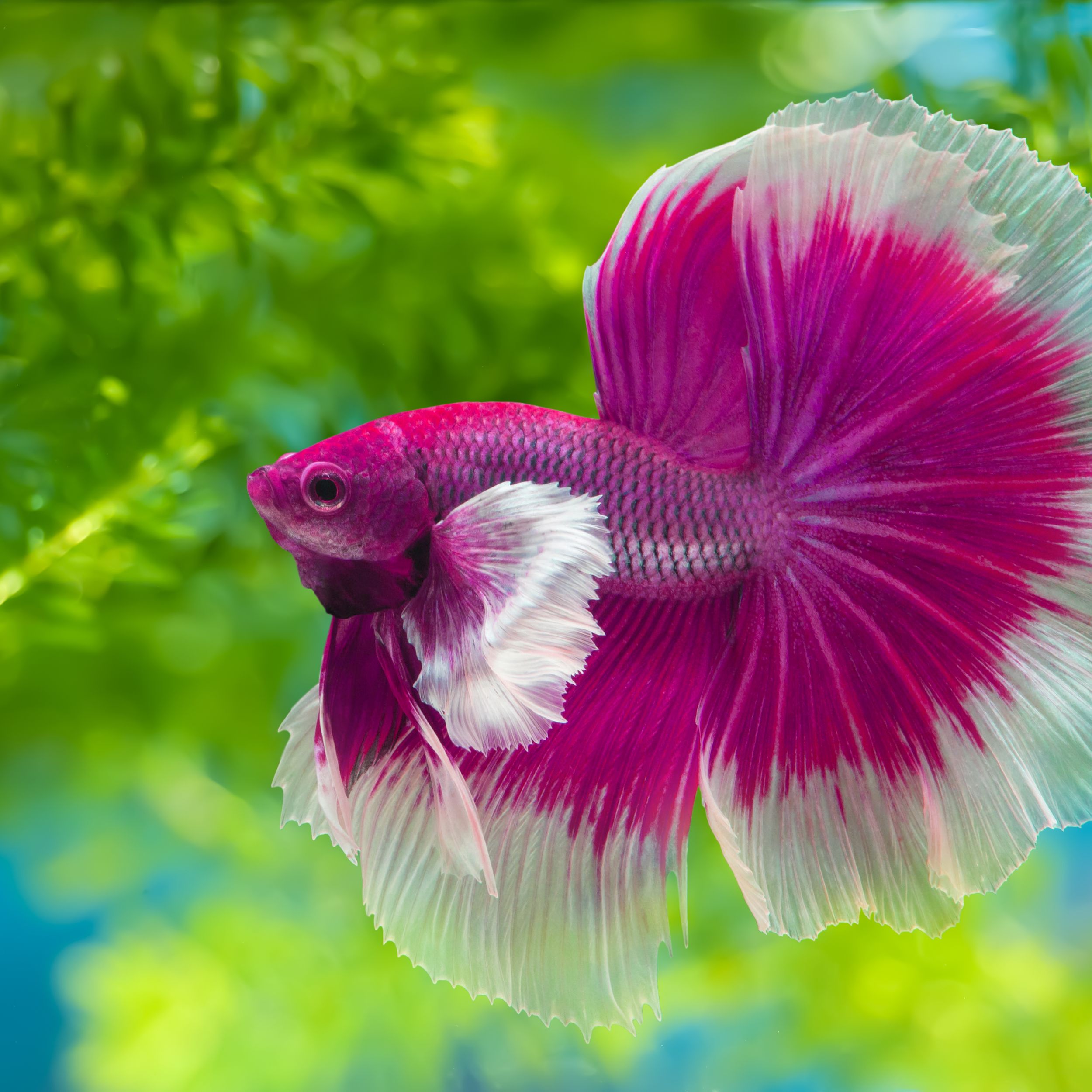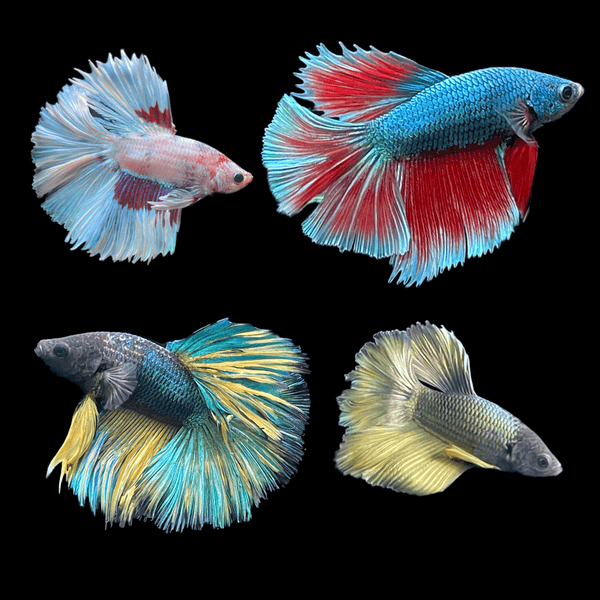All About Betta Fish: Recognizing Their Special Needs, Habits, and the most effective Practices for Ideal Care
Comprehending the special demands and actions of Betta fish is vital for any kind of aquarist looking to give optimum care. betta fish. As we check out these components better, the effects for both novice and experienced fish keepers become increasingly apparent, elevating inquiries about how best to accommodate these remarkable fish in our homes.
Betta Fish Overview
Although frequently admired for their dynamic colors and streaming fins, Betta fish, clinically understood as Betta splendens, are complicated creatures that require specific like grow. Stemming from Southeast Asia, these freshwater fish are understood for their territorial nature and distinct behaviors. Betta fish exhibit sex-related dimorphism, with men showing much more vibrant colors and longer fins than ladies.
Their hostile propensities, specifically amongst males, necessitate careful factor to consider when real estate them. Bettas are commonly kept in single-specimen tanks to stop territorial conflicts. They can exist together peacefully with particular compatible species in bigger community containers, offered the environment fulfills their needs.

To ensure optimal care, aquarists need to comprehend their special behavior characteristics, nutritional demands, and environment needs. betta fish. With correct attention, Betta fish can exhibit their dynamic individualities and prosper in a well-maintained aquarium setting
Natural Habitat and Environment
Betta fish grow in a varied range of natural habitats, mostly located in the shallow waters of Southeast Asia, including rice paddies, swamps, and slow-moving streams. These environments are characterized by cozy temperature levels, commonly in between 75 ° F and 82 ° F(24 ° C and 28 ° C ), and a pH level varying from 6.5 to 7.5, which is excellent for their wellness and health.
In their natural environments, Betta fish are accustomed to thick plants, supplying both shelter and breeding grounds. The presence of plants such as drifting water lilies and thick turfs not only uses security from predators yet likewise contributes to the oxygenation of the water, which is crucial for their respiratory system requirements. Additionally, these settings typically have areas of still water, permitting Betta fish to display their natural habits such as bubble nesting.
Understanding the all-natural habitat of Betta fish is crucial for fish tank enthusiasts. Reproducing these conditions-- via water temperature, pH equilibrium, and the inclusion of real-time plants-- can substantially enhance the general health and durability of these captivating fish, guaranteeing they thrive in a home fish tank setup.
Social Behavior and Communications
Understanding the social actions and communications of Betta fish is crucial for successful aquarium administration. Betta fish, or Siamese combating fish, are recognized for their one-of-a-kind behavioral characteristics, defined mostly by territoriality and aggressiveness.
Alternatively, female Bettas exhibit less aggressive behavior and visit this site can coexist in groups, referred to as sororities, if introduced correctly. However, it is important to monitor their interactions closely, as hierarchy and dominance can lead to conflicts. Recognizing the characteristics within a Betta neighborhood is important; establishing hiding places and ensuring enough room can minimize hostility.
In enhancement, Betta fish may also present inquisitiveness and social habits towards various other varieties. While they can exist together with specific non-aggressive storage tank mates, it is important to pick suitable types to avoid stress and anxiety and hostility. In general, recognizing these social communications is essential to go to the website fostering an unified aquarium setting for Betta fish.
Necessary Care Standards
Supplying proper treatment for Betta fish is vital to their health and wellness and wellness. To guarantee a thriving atmosphere, it is necessary to preserve optimum water conditions. The water temperature should be maintained between 76 ° F and 82 ° F(24 ° C to 28 ° C), while pH degrees should vary from 6.5 to 7.5. Regular water adjustments-- roughly 25% once a week-- help keep water quality.
Betta fish call for a suitable storage tank dimension; a minimum of 5 gallons is recommended to supply adequate area for swimming and hiding. Consist of decors and plants to create a stimulating setting, however prevent sharp things that could harm their fragile fins.

Last but not least, make certain the container is furnished with a filter to keep the water clean, yet make use of a mild filter to prevent strong currents that can stress the fish. By adhering to these essential treatment standards, owners can advertise a healthy and balanced and lively Betta fish.
Common Health Issues and Solutions
In the treatment of Betta fish, understanding of common health and wellness problems is important for maintaining their wellness. To treat fin rot, enhance water conditions and think about using a broad-spectrum antibiotic.
One more common condition is ich, a parasitical infection defined by white places on the fish's body (betta fish). Treatment entails enhancing water temperature level and adding fish tank salt to the container, as this can help remove the bloodsucker
Swim bladder disorder is likewise frequently observed, bring about buoyancy problems. This problem might occur from overfeeding or constipation. A fasting period of 24-48 hours, adhered to by a diet of blanched peas, can supply alleviation.
Lastly, bettas may experience velvet illness, shown by Read Full Report a gold dust-like appearance on their skin. Treatment commonly requires medicine particularly made for external parasites, together with boosted container hygiene.
Regular tracking of water criteria, keeping a tidy environment, and offering a well balanced diet plan are critical safety nets. By attending to these wellness concerns promptly, Betta fish can lead healthier, much more dynamic lives.
Final Thought
In summary, successful betta fish treatment calls for an understanding of their special requirements and behaviors. Normal tracking of health and water quality, along with a well balanced diet plan, contributes to the longevity and vibrancy of betta fish.